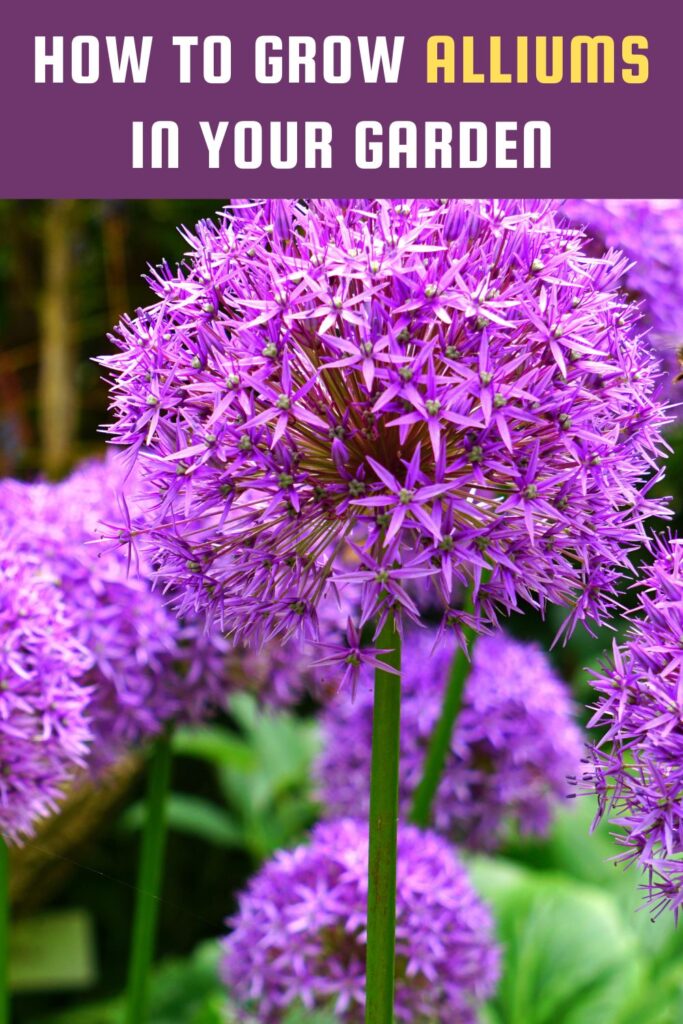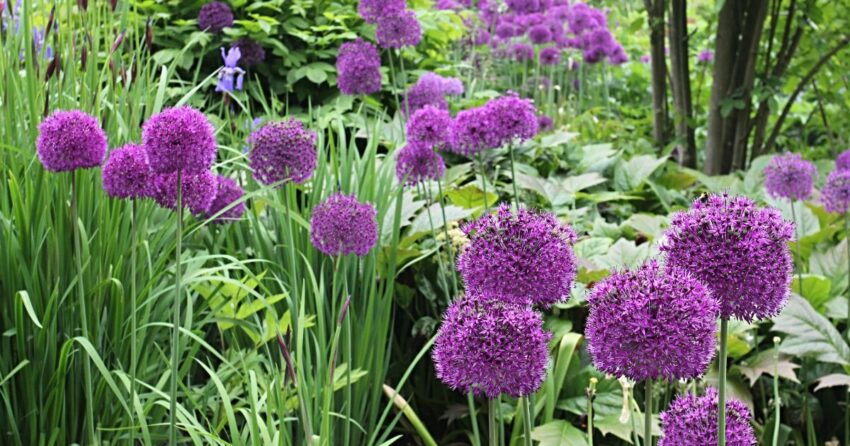Alliums, also known as ornamental onions, are stunning flowering plants that can add a touch of elegance and drama to any garden. With their distinctive globe-like blooms and a wide range of colors, alliums are a favorite among garden enthusiasts. If you’re looking to cultivate these enchanting bulbs in your garden, you’ve come to the right place. In this article, we’ll provide you with a step-by-step guide on how to grow allium and enjoy a breathtaking display of flowers.
-
Choose the Right Allium Variety
The first step in growing allium is selecting the right variety for your garden. Alliums come in various sizes and colors, from the smaller Allium moly to the striking giant Allium giganteum. Consider your garden’s size and style to choose the best fit for your space.
-
Ideal Planting Time
Allium bulbs are usually planted in the fall, a few weeks before the ground freezes. This allows them to establish roots before the winter. Ensure you plant them in well-drained soil to prevent waterlogging, which can rot the bulbs.
-
Planting Allium Bulbs
To plant allium bulbs, dig a hole that’s approximately three times the bulb’s diameter. Place the bulb with the pointed end facing up and cover it with soil. Be sure to space the bulbs according to the variety’s recommended spacing, which is usually 6-8 inches apart.
-
Sunlight and Soil Conditions
Alliums thrive in full sun, so choose a location in your garden that receives at least 6-8 hours of sunlight daily. Well-draining soil is essential to prevent bulb rot. If your soil has poor drainage, consider adding compost to improve it.
-
Watering Alliums
After planting, water your allium bulbs thoroughly. During the growing season, keep the soil consistently moist but not waterlogged. Reduce watering once the foliage starts to die back, as the bulbs enter their dormant period.
-
Fertilization
Alliums benefit from a balanced, all-purpose fertilizer in the spring when they begin to grow. Avoid excessive nitrogen, as it can lead to floppy stems. Follow the recommended application rates on the fertilizer packaging.
-
Maintenance and Pruning
While alliums are generally low-maintenance, you may want to deadhead the spent blooms to encourage more flowers. After the alliums have finished blooming, allow the foliage to wither naturally, as it provides nourishment to the bulbs for the next season.
-
Pest and Disease Management
Alliums are relatively resistant to pests and diseases. However, be on the lookout for onion flies and thrips. Neem oil or insecticidal soap can be used to manage these issues if they arise.
-
Dividing and Transplanting
Over time, allium bulbs can become crowded, resulting in smaller blooms. To maintain their vigor, consider dividing and transplanting them every few years in the fall.
Conclusion
Growing allium in your garden can be a rewarding experience, as these unique and beautiful flowers are sure to impress both you and your visitors. By following the steps outlined in this guide, you can enjoy a stunning display of allium blooms in your garden. Whether you’re a seasoned gardener or a beginner, alliums are an excellent addition to any garden due to their striking appearance and ease of care. So, get ready to plant and watch your garden come alive with the beauty of alliums.


